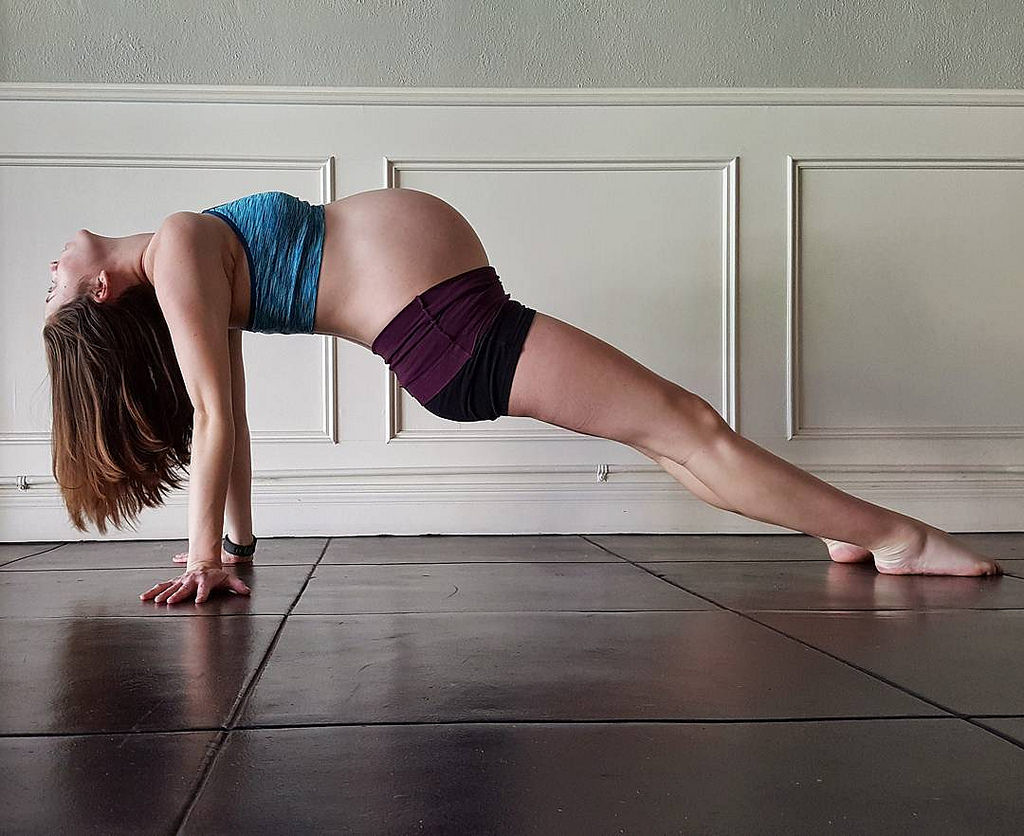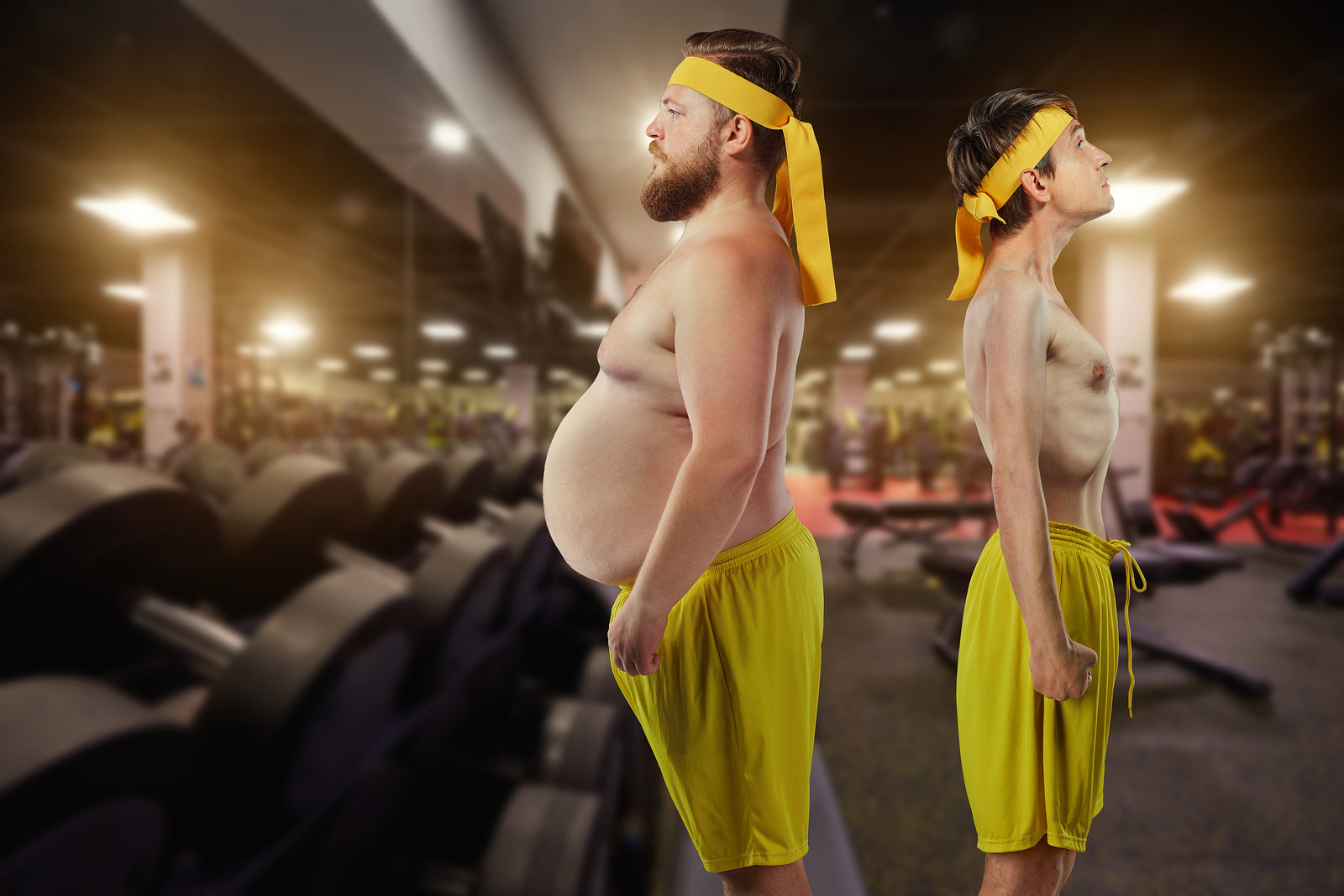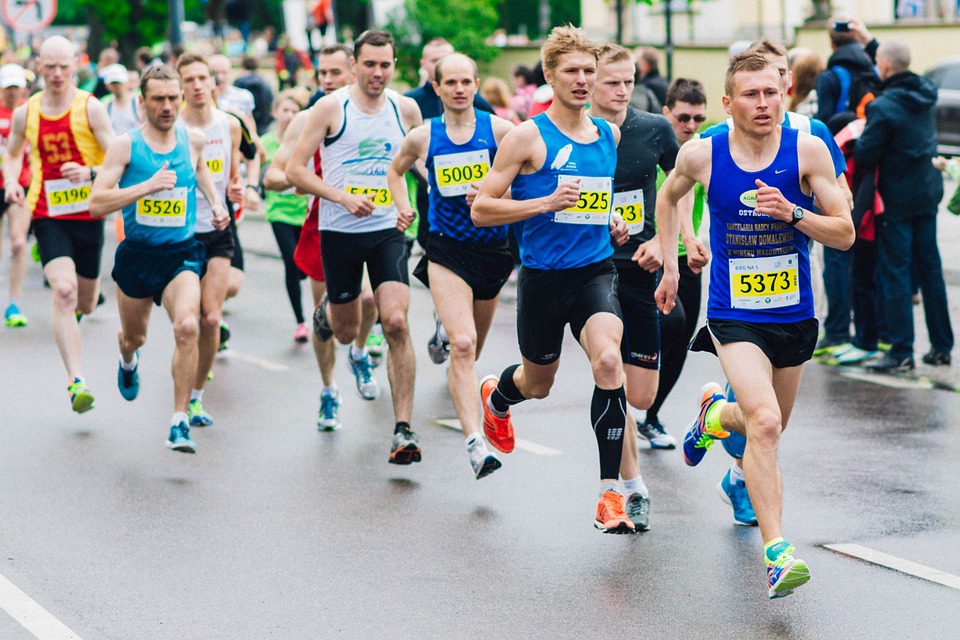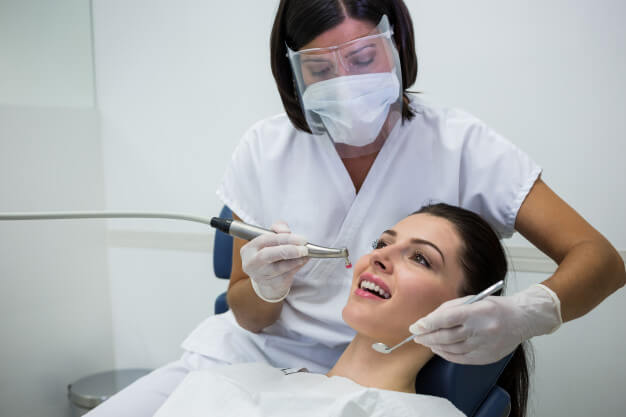You’re expecting? Congratulations! Well, it is the most welcoming yet challenging period in a woman’s life. Practice prenatal yoga to deal with changing body and mood swings.
Pregnancy is the most pleasing time in a woman’s life. For years, a woman dreams about this day to embrace the pleasure of being a mother. When finally the day arrives, it brings along a lot of challenges, especially for the first time mothers to be. During this period, woman battles with morning sickness, mood swings at varying levels, deal with cramps, fatigue and much more.
Due to the various body and emotional changes a woman undergoes during the gestation period, many perceive it as a complication. If you are going through the same and looking for ways to relax, de-stress and stay fit during this life-changing journey, then consider practicing prenatal yoga. The practice of yoga asanas and breathing techniques provides relief from backache, eases morning sickness and much more, ensuring a better gestation period and hassle-free delivery.
The aim of yoga is to lessen the labor pains, help the mother bring the unborn child into the world with minimal complications and, to ensure the wellbeing of the mother and the baby both. In addition to this, it provides numerous physical and mental benefits to the mother, like increasing the endurance and strength of muscles required for natural childbirth, improving the balance as body undergoes rapid changes, helping you to focus on your breathing that can be applied during labor pain, developing maternal bond with the child and so many wonderful benefits. A pregnant woman undergoes several body changes. Yoga can be the ideal way to keep the mom-to-be in shape. Those beginners who do not follow a regular yoga regime are advised not to rush into the practice without medical consent.
Keeping in mind all the precautions and health considerations, here is a list of yoga asanas for the mothers-to-be:
1. Butterfly or baddha konasana:
Sit straight on the floor and stretch your legs fully. Bend your knees and try to bring your feet as close as possible. Join them in namaste position. Keep the hands-on thighs and knees. Take deep breaths. Upon exhalation, press the thighs and knees towards the floor by pressing the elbows over the knees. Hold the pose for as long as you are comfortable. Strengthen pelvis and inner thighs.
2. Mountain Pose or Tadasana:
Stand with feet hip distance apart. Keep your spine upright and arms resting by either side. Now, stretch your arms overhead to join them in Namaskar Mudra. Tilt your head backward and fix your gaze at the fingertips. Keep breathing in and out. Hold the pose for few seconds. Strengthens spine and relieves back pain.
3. Cat Pose or Marjariasana:
Come onto your fours with knees under your hips and hands under the shoulders. Take a deep breath, lift your chin up and slightly push back your head. Hold the pose for 30 seconds. Exhale and bring your chin close to your chest. Relax your hips and hold the pose for 10 seconds. Slowly release the pose. It improves blood circulation level in the body.
Triangle Pose or Trikonasana:
Stand with a straight back on the yoga mat. Spread your feet wide about 3-4 feet. Make sure the toes of both the feet are parallel to each other and heels are aligned. Lift your hands up with palms facing downwards. Align them with your shoulders. Bend towards your left side. At the same time, lift your right hand up towards the sky. Turn your head to the left and fix your gaze on the fingertips of the right hand. Hold the pose for 10-20 seconds. The pose improves hip flexibility and eases pregnancy-related digestive issues.
Child Pose or Balasana:
Kneel on your fours. Keep your knees wide apart about 3-4 feet. Rest your hips on your heels. On an exhalation, bend forward draping your torso between your thighs. Tuck your chin close to your chest and forehead on the ground. Keep your arms extended. Remain in the pose for 5-6 slow breaths. It provides relief from nausea and stress.
Corpse Pose or Savasana:
Lie down on your back on the floor. Rest your hands by your side and keep your eyes closed. Relax your body and mind. Release all your tensions and think about the life growing inside you. Stand up and cover your face with your hands. Take ten breaths and massage your face. It relaxes your whole body.
Practice prenatal yoga to be at your healthiest during your pregnancy period.






















